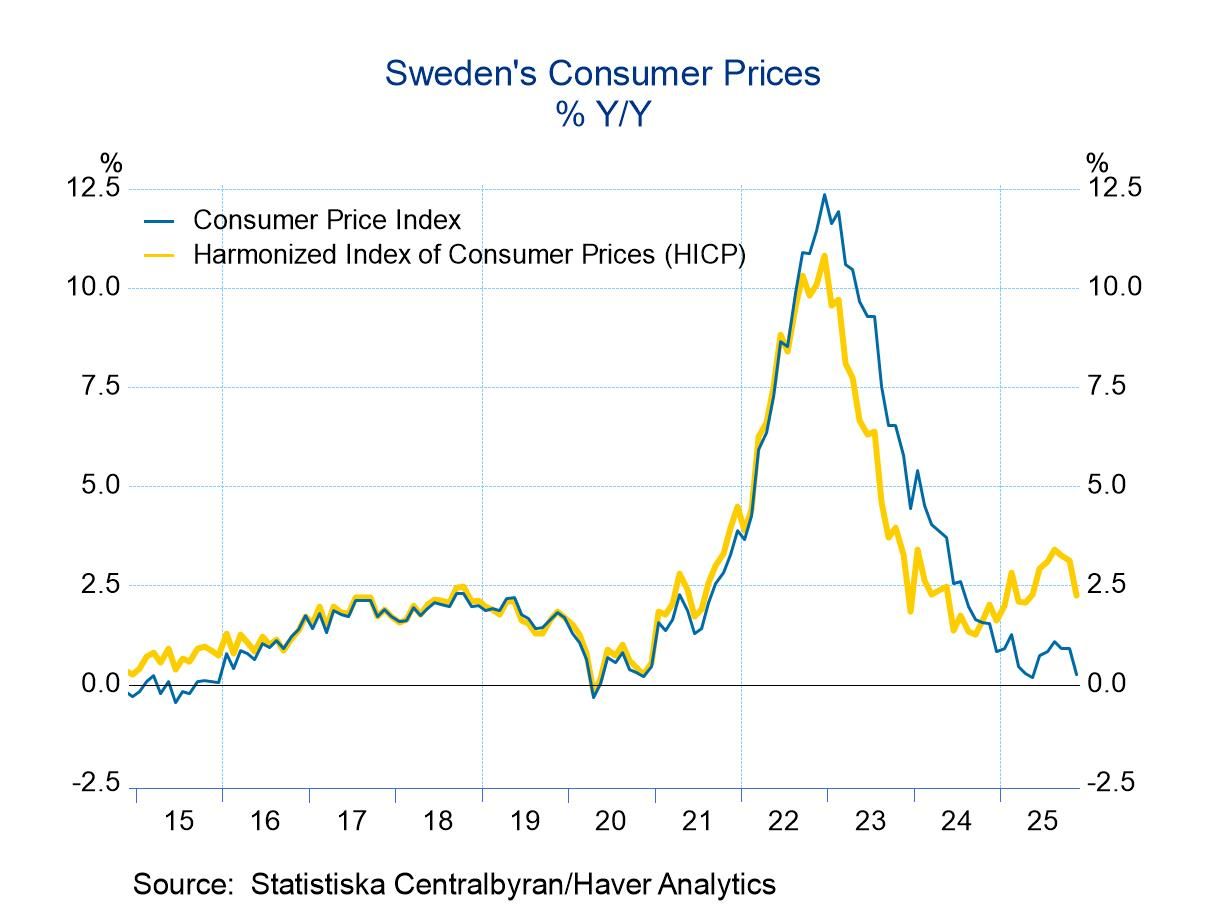Chicago Business Barometer Unexpectedly Falls Again in April
by:Sandy Batten
|in:Economy in Brief
Summary
- Index falls to the second lowest level since the pandemic and moved deeper into contraction territory.
- All component indexes remained below 50.
- The prices paid index rose to highest level since August 2023.


The MNI Chicago Business Barometer fell for the fifth consecutive month, to 37.9 in April, its second lowest reading since the pandemic and well below the critical 50 level that separates expansion from contraction. The Action Economics Forecast Survey had looked for the index to increase to 45.0 in April.
Haver Analytics calculates an ISM-adjusted version of this index that gives equal weights to each of the five key component subindexes. The headline index includes the same subindexes but with varying weights. This ISM-adjusted index fell to 41.0 in April, equaling the lowest reading in 15 years, from 44.0 in March. This index has been pointing to weak activity for quite a while, having been above the critical 50 level in only one month since August 2022.
All the subindexes remained below the critical 50 level in April with four of the five declining from March. Only the inventories subindex increased, rising to 45.8 from 39.5 in March. The production subindex declined 6.9 points to 35.5, its lowest reading since November 2022, with 14% of respondents reporting an increase and 35% reporting a decrease. The new orders subindex fell 5.1 points to 37.9, its lowest reading since November 2022, with 40% of respondents reporting a decline in orders. After having risen in March, the employment index fell 8.5 points to 38.6 in April, its lowest reading since February 2023. Twenty-eight percent of respondents reported a decline in employment while only 9% reported an increase. And the supplier deliveries subindex slipped 0.8 point to 47.3 in April, its third consecutive month below 50, indicating that delivery times are shortening.
Input prices continued to rise in April with the increase picking up pace. The index increased 6.7 points to 69.3, its highest reading since August 2023. Forty-seven percent of respondents reported paying higher prices in April vs. 35% in March while only 3% reported paying lower prices in April.
The Chicago Business Barometer is considered to be a leading indicator of the U.S. economy. A reading above 50 indicates expansion while one below 50 suggests contraction. Summary data are contained in Haver’s USECON database with detail including the ISM-style index in the SURVEYS database. The expectations figure from the Action Economics Forecast Survey is in the AS1REPNA database.


Sandy Batten
AuthorMore in Author Profile »Sandy Batten has more than 30 years of experience analyzing industrial economies and financial markets and a wide range of experience across the financial services sector, government, and academia. Before joining Haver Analytics, Sandy was a Vice President and Senior Economist at Citibank; Senior Credit Market Analyst at CDC Investment Management, Managing Director at Bear Stearns, and Executive Director at JPMorgan. In 2008, Sandy was named the most accurate US forecaster by the National Association for Business Economics. He is a member of the New York Forecasters Club, NABE, and the American Economic Association. Prior to his time in the financial services sector, Sandy was a Research Officer at the Federal Reserve Bank of St. Louis, Senior Staff Economist on the President’s Council of Economic Advisors, Deputy Assistant Secretary for Economic Policy at the US Treasury, and Economist at the International Monetary Fund. Sandy has taught economics at St. Louis University, Denison University, and Muskingun College. He has published numerous peer-reviewed articles in a wide range of academic publications. He has a B.A. in economics from the University of Richmond and a M.A. and Ph.D. in economics from The Ohio State University.




 Global
Global

